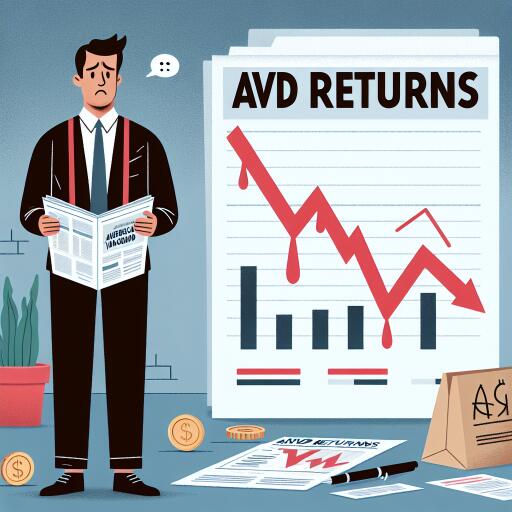The Returns On Capital At American Vanguard (NYSE:AVD) Don’t Inspire Confidence
Understanding the performance indicators that signal business decline is crucial for investors aiming to avoid such investments. Declining trends in Return on Capital Employed (ROCE) alongside a diminishing base of capital employed can be alarming signals, indicating a business’s reduction in investments and its diminishing returns on existing investments. A closer inspection of American Vanguard (NYSE:AVD) reveals some concerning signals that merit further investigation, pointing towards potential challenges the company may be facing.
What is Return on Capital Employed (ROCE)?
ROCE is a metric used to evaluate the efficiency and profitability of a company’s capital investments. It calculates the pre-tax profit a company generates relative to the capital it has invested in its business. The formula for calculating ROCE for American Vanguard is:
Return on Capital Employed = Earnings Before Interest and Tax (EBIT) ÷ (Total Assets – Current Liabilities)
0.045 = US$26m ÷ (US$782m – US$195m) (Based on the trailing twelve months to March 2024).
With these calculations, American Vanguard has a ROCE of 4.5%. This figure is significantly below the Chemicals industry average of 8.8%, indicating underperformance in generating returns on capital employed.
Examining ROCE Trends at American Vanguard
The analysis of ROCE trends over time for American Vanguard doesn’t instill confidence. There has been a noticeable decline in ROCE from 7.5% five years ago to its current state. Additionally, the capital employed within the business has remained relatively stable, suggesting that while the company isn’t necessarily shrinking, it may be facing pressures on margins due to competition or other factors. Should these trends persist, the prospects for American Vanguard transforming into a significant growth stock appear slim.
Investor Implications
The diminishing returns from equivalent capital employed do not paint the picture of a thriving growth entity. For shareholders who have been part of the journey for the last five years, there’s a noticeable 43% depreciation in their investment, aligning with the market’s tepid response to the company’s performance trends. These indicators, reflecting less-than-ideal economic efficiency and competitiveness, suggest cautious evaluation for potential investors.
Risks Ahead
While American Vanguard presents certain investment risks, identified by our analysis uncovering 2 warning signs, one among them raises significant concern. This insight obliges a prudent scrutiny for anyone considering this stock as part of their portfolio.
Looking Forward
Despite the current returns on capital not reaching high levels, investors are always in search of substantial ROE performers. For those looking beyond American Vanguard for opportunities, a curated list of companies that achieve more than 25% return on equity could offer some attractive alternatives. This compilation could serve as a potential starting point for finding investments capable of delivering superior financial performance.
Ultimately, the journey of American Vanguard, as suggested by its ROCE trends, underlines the importance of thorough financial analysis in identifying stocks with enduring growth potentials. Investors are advised to consider such analytical insights diligently to navigate their investment choices wisely.
